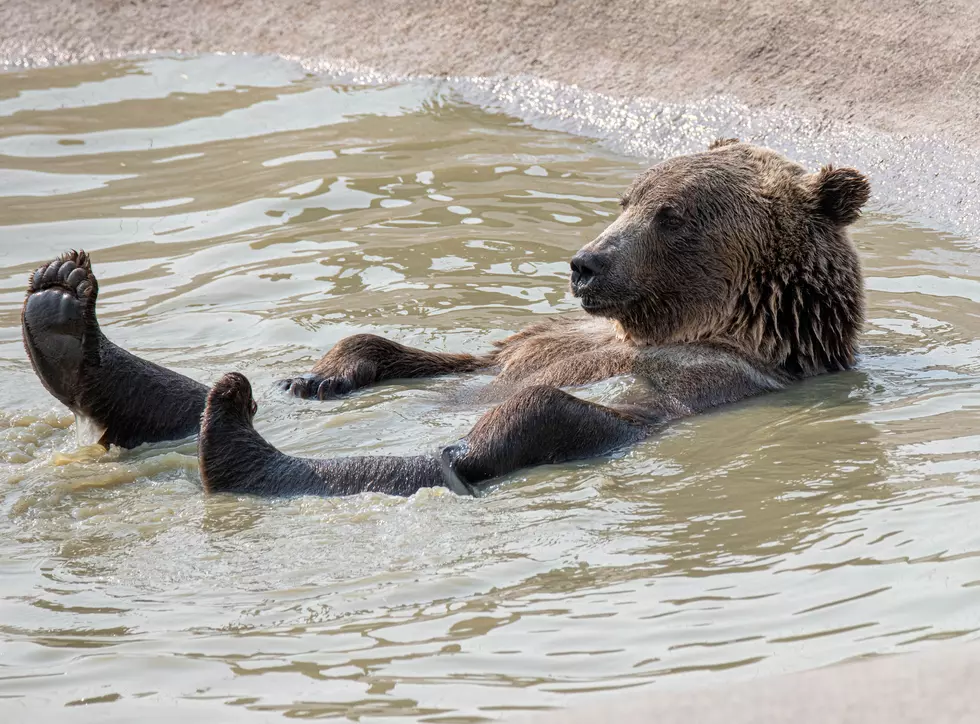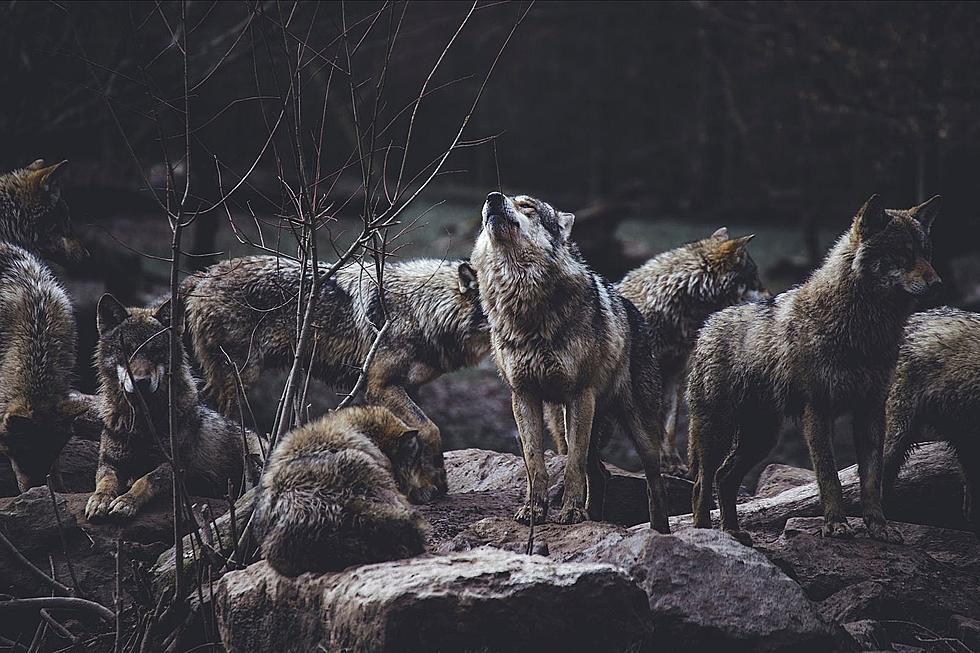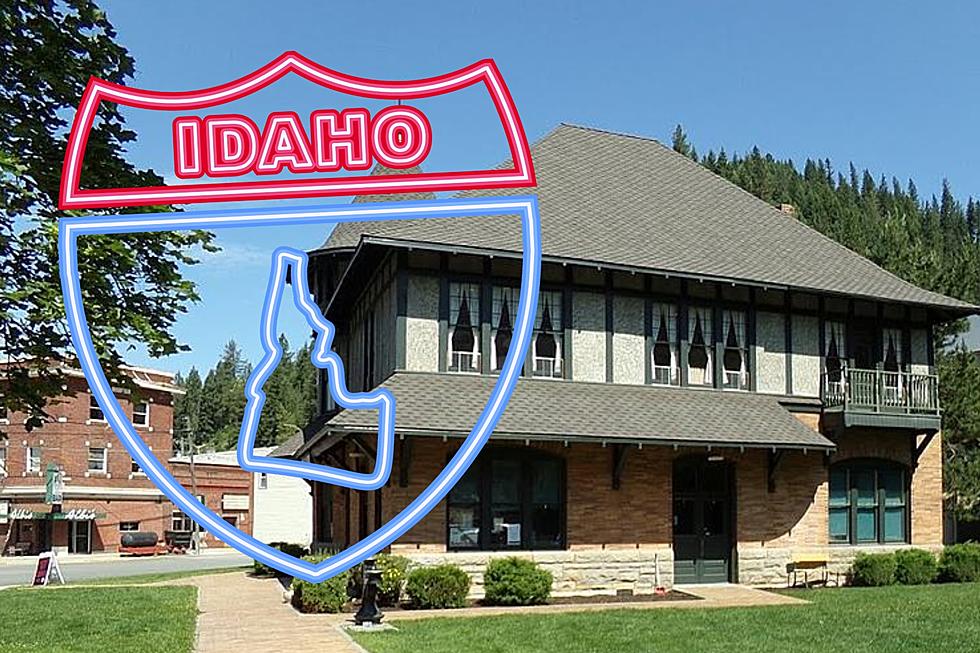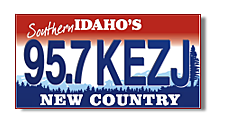
A Case for Expanding Grizzly Hunts in Idaho and Wyoming
What makes a species native? A recent story that crossed my path pointed out grizzly bears aren’t native to North America and especially what became the lower 48 in the United States. Of course, scientists say the same for people.
It appears the bears crossed from Asia and eventually overspread much of Alaska, Canada, and a few northern regions here. Along the west coast, the bears evolved to eat fish. On this side of the mountains, the animals developed a taste for berries, elk, deer, and fish. If they’ve now been here 15,000 years, do they qualify as natives? After all, the environment long ago adjusted. Just as it did with human beings and much more recently with horses and cattle.
They Changed the Eco-System
When the bears first arrived, they must have been extremely disruptive. I saw a TV program several years ago about how a bear-like creature that was much faster than the current species was able to keep humans from crossing the Bering Strait or an ice bridge from Asia. The now extinct creature was like a nightmare.
The fact that environments change and animals come and go raises a question or two about grizzlies. For all the tree-hugging elements fighting to protect them from hunts, the animals don’t have any qualms about hunting us. If they qualify as an invasive species, depending on your timeline, then should we expand the culling of the bears? The fight goes on in the courts.
Do You Favor Bears or People?
While some of the encounters between our kind and their kind are spurred by idiots on our team, the simple truth is both populations are growing and on a collision course.
WATCH OUT: These are the deadliest animals in the world
.
KEEP LOOKING: See What 50 of America's Most 'Pupular' Dog Breeds Look Like as Puppies
More From 95.7 KEZJ









